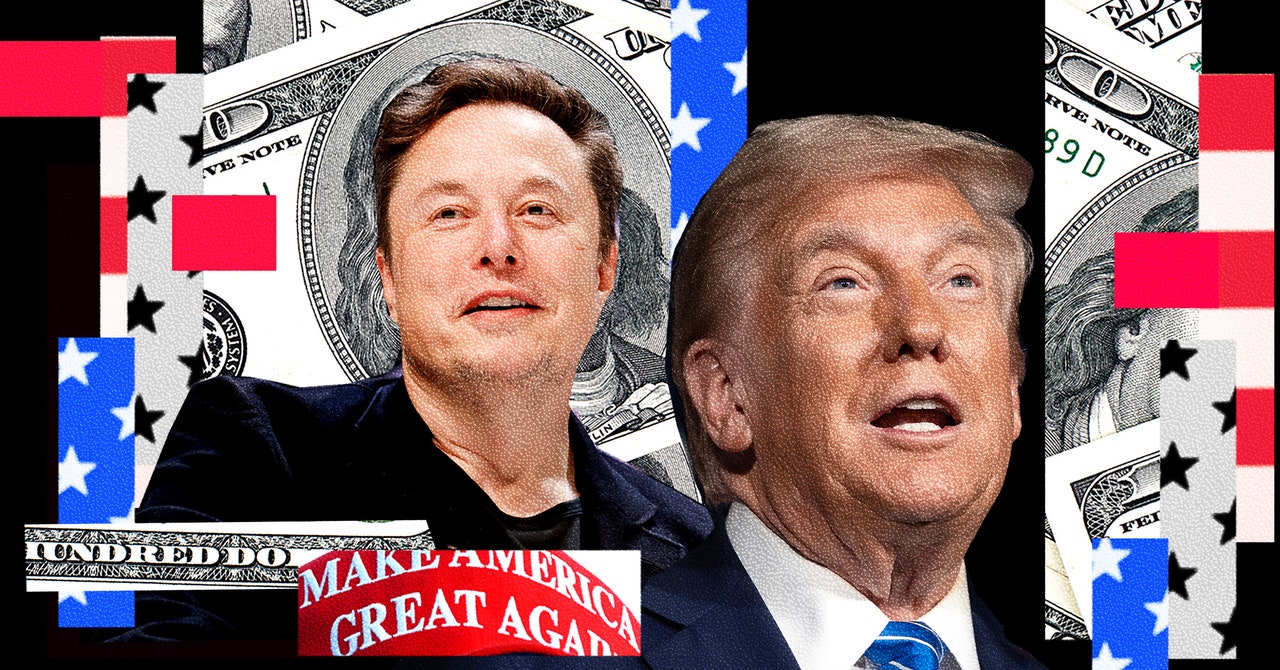Getting the Giant Donors in the Vote: Bringing the Donald Trump Campaign into the Trump Conserve and His Legacy to the Oval
Silicon Valley elites have expressed their support for Trump. Peter Thiel, billionaire and cofounder of Palantir, has been a longtime Trump supporter (though he said he would not be donating to candidates in 2024), and venture capitalist David Sacks, who is also a friend of Musk’s, has also thrown his support to the Republicans. Trump has received support from groups in the space.
Sacks donated only $6,600 to Trump’s campaign directly, but $114,500 to the Republican National Committee and $250,000 to the Trump 47 PAC. Tyler and CAMERON WELvoss donated over half a million dollars to support the Trump campaign. The twins donated to the America PAC. Shaun Maguire, a partner at the venture firm Sequoia Capital, has donated $500,000 to the America PAC, $300,000 to the Trump 47 PAC, and $6,600 to the Trump campaign directly. Billionaire and early Tesla backer Antonio Gracias donated $1 million to the America PAC, as did Palantir cofounder and venture capitalist Joe Lonsdale. As a former ambassador to Sweden, Kenneth Howery put $1 million into America PAC, which was later used to support the Trump campaign.
The graphic below focuses specifically on donations that help Trump directly, rather than GOP giving more broadly. You can see a breakdown of how much each person gave—and where the money went—by scrolling over or tapping each name.
Nelson Peltz invited a group of mostly Republican donors and G.O.P strategists to dinner at his $334 million waterfront estate in Palm Beach, Fla. There were many people in the room, including Peltz, who had made public their opposition to Donald Trump, so it was time to get on board. There were a lot of issues. A lot of money was going to paying Trump’s legal bills, rather than building a campaign.
A group of traditional high rollers included hedge-fund manager John Paulson and Las Vegas casino tycoon Steve Wynn, as well as former Republican National Committee chair Ronna McDaniel. He had also invited Elon Musk.
For much of his career, Musk gave modestly to candidates of both parties. He was drawn to President Barack Obama, making several visits to meet with him in the Oval Office and inviting him to Cape Canaveral to see SpaceX’s Falcon 9 rocket. But he didn’t really like spending time with politicians, and never aspired to be a political power broker, at least in the traditional sense. His business empire spanned the globe, and his administrations all went. He seemed to view himself as being bigger than any party.
